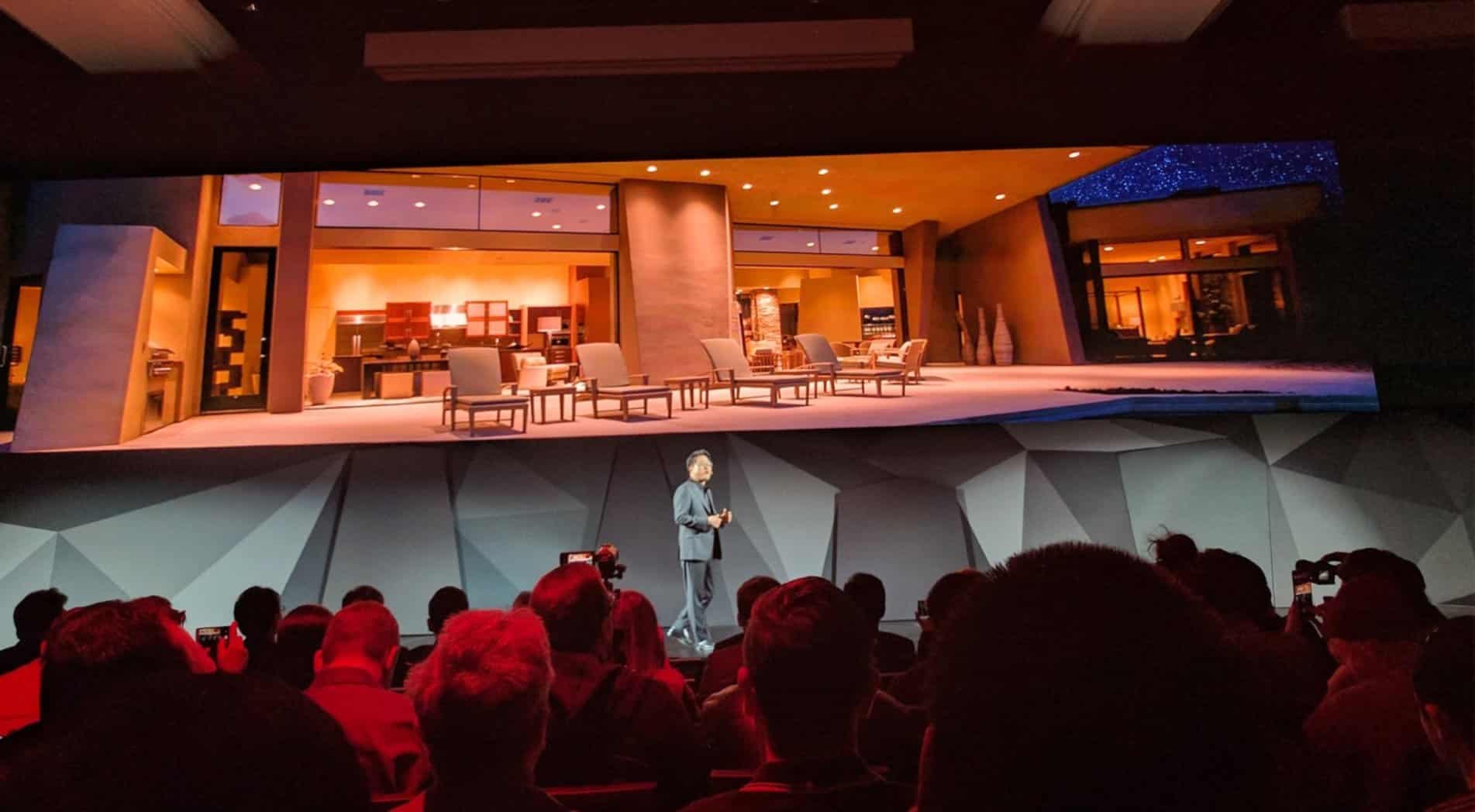72% Of Americans Want To Speak To Their Smart Homes
2017 is shaping up to be the year of voice.
A joint report by real estate company Coldwell Banker and Vivint Smart Home, released at CES 2017, says that 72% of Americans who already have connected devices want their voice to be the primary interface. According to the report, around 48% of people that use smart home products—accessed via a smartphone, tablet, computer or separate system—already control devices through voice.
People want to use voice interaction mostly for entertainment, the report said. Fifty-seven percent of people with smart devices use voice to control their entertainment systems. Voice control is also more prevalent in smart lighting (33%), security (33%) and shopping (33%). Voice control helps with cooking, household chores and temperature.
The report was based on the responses of 4,108 U.S. adults, 923 of whom already own smart home devices. The actual devices owned were not disclosed. The report said 74% of people with smart home devices use voice control on their smartphones.
“We’re not surprised that so many Americans want to be able to use their voice to control smart home products because it makes for a much more intuitive user experience, said Coldwell Banker’s chief marketing officer Sean Blankenship, in a press release. “As the smart home leader in real estate, Coldwell Banker is at the forefront of smart home trends and we’re hearing directly from our agents that their clients are demanding voice control to make their smart home experience more seamless.”
Talking To Your Home: A Natural Interaction
People said practicality was the main reason why voice is a preferred option. The report states that 30% of people cite hands-free control in the home as a major bonus.
Enthusiasm for voice-activated devices is highest among 18 to 34-year olds. A full 58% of this age group already own smart home products with voice control features, compared to 50% of Generation X and 26% of baby boomers. Not all devices come with a voice control feature, but 79% of people aged between 35 and 54 want the next generation of smart home devices to have a voice feature baked in.
“We’ve been blown away with how consumers are unlocking the full potential of a voice-controlled smart home,” said Vivint Smart Home’s chief marketing officer Jeff Lyman. “By simply saying aloud what they want to happen with their locks, lights, thermostats and security system, customers spend more time living and less time managing. The experience is pretty magical.”
Editor’s note: This article has been updated to reflect the proper spelling of Sean Blankenship’s name. We apologize for the error.




